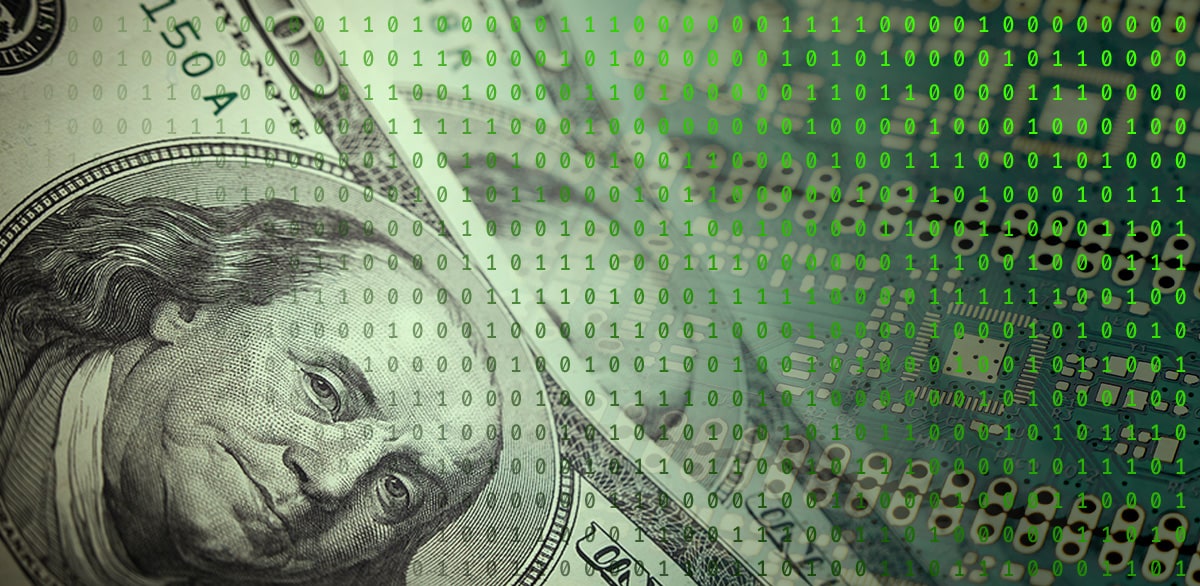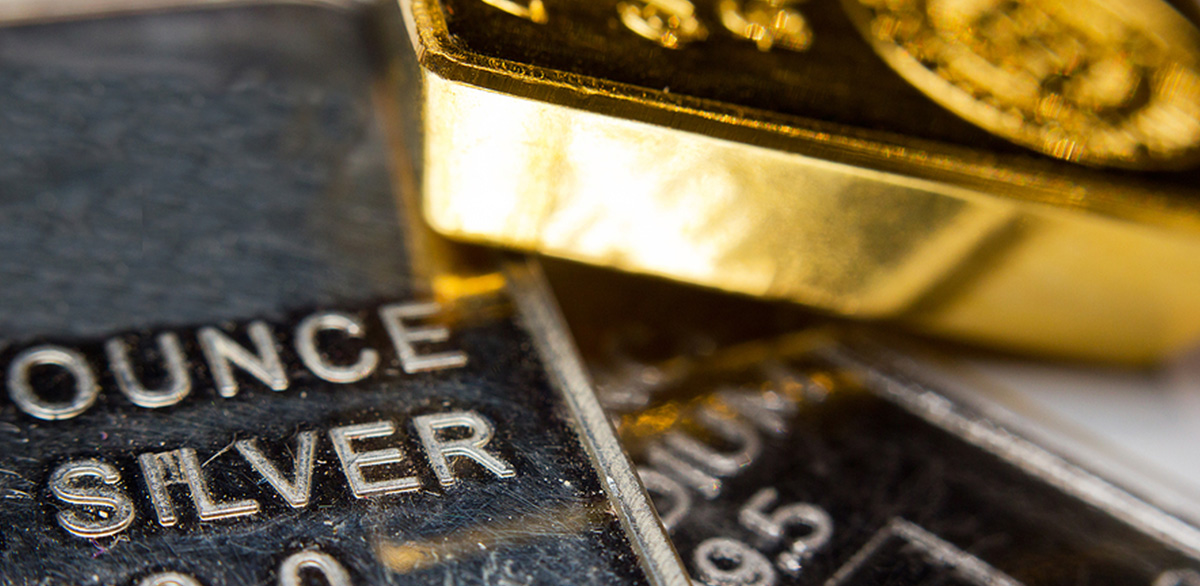
Over the past few years, digital currencies have been thrust into public awareness, especially through the popularity of Bitcoin and other cryptocurrencies. The potential of a digital US dollar has many investors concerned about the future of wealth, privacy, and autonomy. President Biden’s recent signing of Executive Order 14067 has generated a considerable amount of confusion about the government’s stance on digital currency and how it’s pursuing this potential asset.
What is Executive Order 14067?
The Executive Order on Ensuring Responsible Development of Digital Assets, more commonly referred to as Executive Order 14067[1], was signed by President Biden on March 9, 2022. The stated principal aim of the order is to ensure digital currencies and other digital assets are developed and used in a responsible manner to:
- Protect consumers, investors, and businesses.
- Reduce the risk of national security threats related to digital assets.
- Boost US dominance and competitiveness in the digital asset space.
- Secure an equitable and fair-access framework of financial services.
- Support advancements in the development and utilization of digital assets.
- Explore the possibility of a U.S. Central Bank Digital Currency.
Will the US have a digital currency?
The biggest concern for investors regarding Executive Order 14067 is the potential for a digital US dollar. Although there are no concrete plans to develop a digital greenback, the Biden administration has explicitly stated its plan to explore the issue. The Central Bank Digital Currency (CBDC) would be a digital fiat currency issued by the Federal Reserve. Theoretically, CBDC would be used alongside physical currency and digital balances.
Many rumors have been swirling around online since the announcement of Executive Order 14067 about the government’s issuing of a digital currency and the number of negative repercussions that might follow. It’s important to note that this order only approves the exploration of a centralized digital currency; it doesn’t greenlight the creation of a digital dollar. However, it’s clear that the US government is heading in that direction.
The Federal Reserve Bank of New York has already completed the initial phase of a multi-step test aimed at determining the efficacy of a CBDC. The study is focusing on transactions used by international banks and other financial institutions, but the move shows just how serious the government is about pursuing this digitized future.
It seems the government’s push towards a digital future is supported, at least in practice, by the majority of Americans. A recent Pew Research poll found that 40% of people are completely cashless. This is a rising trend as 17% more people are going cashless when compared to seven years ago.
The real risks of a centralized digital currency.
Advocates of a centralized digital currency often conveniently overlook the nefarious ramifications lurking behind a transition to purely digitized dollars. While the government might initially represent a CBDC as merely an alternative to physical USD, there’s nothing preventing our financial czars from eventually phasing out cash and coins.
This would give the government unprecedented oversight over the spending power of the average American, making it possible to track behavior, movement, preferences, and political and social engagement.
This depiction might sound more like a fantastical dystopia, but we’re already seeing grim indications of the Draconian direction centralized digital currencies might take. For example, Prime Minister Trudeau recently leveraged emergency powers to freeze the bank accounts of Canadian truckers and their donors who were simply exercising their right to protest.
Another potential canary in the coal mine comes from the World Economic Forum’s (WEF) push for The Great Reset – a transformational economic vision for the future. Some think the WEF is strategically phasing out physical currencies to exert more control over an increasingly centralized world order.
Gold and Silver can protect your wealth and privacy from digital currency.

In the haze of an increasingly digitized world, it can be difficult to know where your wealth is safe from prying eyes, government overreach, and unstable economic conditions. As the world looks forward, savvy investors are protecting their assets with tried-and-true precious metals. Gold and silver can act as a bulwark against the creeping digitalization of the economy by:
- Offering a reliable hedge against inflation.
- Providing high liquidity due to high demand.
- Remaining perfect for bartering or trading.
- Giving investors entire ownership over their assets.
If you’re interested in learning more about how gold and silver can protect your wealth and privacy from the potential threats of the future, use our chat function or call us at 480-459-5597 to get in touch with one of our precious metal advisors.


